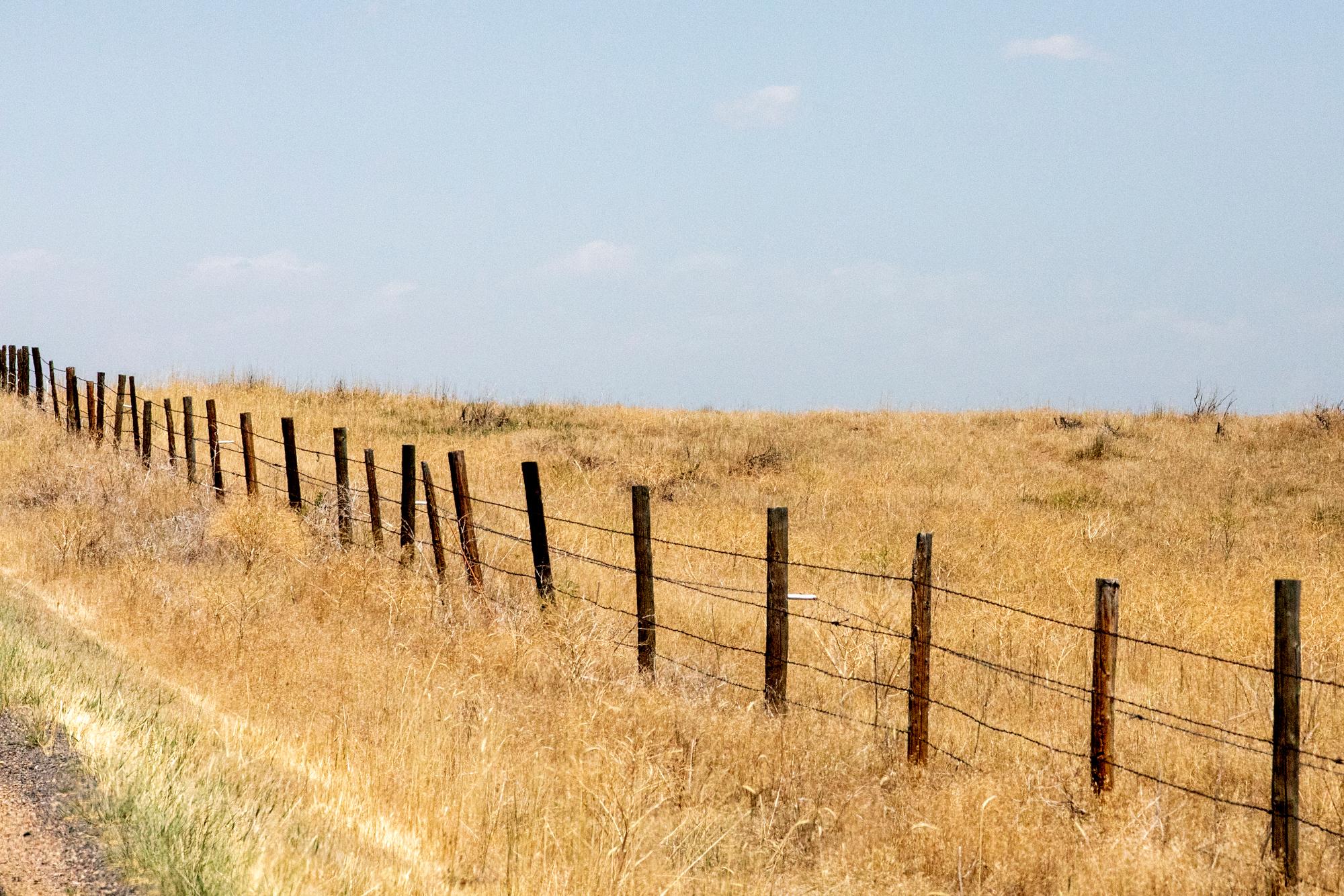
A new agreement between local leaders in Vail, Vail Resorts and developer East West Partners aims to make it easier for people working at the resort and its many entertainment venues to live in the town itself.
The deal outlines a plan to develop the West Lionshead area into a fourth base village at Vail Mountain. Officials said the new village will include amenities for guests, like shops and restaurants, but also allow for community benefits like workforce housing, improved transit and additional parking.
“Vail Mountain is Colorado's largest mountain with 5,317 skiable acres,” said John Plack, Director of Communications for Vail Resorts, in a phone interview. “It's supported by an entire community, and so it's really important to have workforce housing available for supporting the operation of our mountain, of our community, of our community amenities.”
The move follows a unanimous vote by the Vail Town Council on Oct. 1 in favor of the partnership and the creation of a new master plan for the development of the fourth village.
The vote was a change of tune for the three entities who previously came to a stalemate on a similar development plan in East Vail Village. Vail Mayor Travis Coggin said the standoff stemmed from protections for bighorn sheep living on the parcel.
“It was really a disagreement between, what I think any one of us would say, are two good things that are worth fighting for: workforce housing and also environmental protection,” Coggin said in a phone interview. “It led to a strained relationship for a little bit. And I think that we got to a place where we just were communicating better and we're like, look, let's put the past behind us.”
Town leaders said they are ready to work together with the resort and their chosen developer to ensure everyone with a vested interest in new development has their voice heard.
“You remember that these are people's homes and so they spend a significant amount of time there. You want people to feel comfortable and not that they're just in a little shoebox. So I think that's the balance that we'll try to strike with this opportunity,” Coggin said.
East West Partners, in collaboration with the other stakeholders, will begin hosting community listening sessions this fall.
“The next step is really to make sure that we're listening to the community to make sure that we're addressing what the community needs,” said Plack.
Mountain towns all over Colorado, including Vail, took a population hit after the COVID-19 pandemic with some residents citing a lack of affordable housing. Vail currently has a population of 4,422, but that count is down 8.22 percent since 2020, when the census recorded 4,818 residents.
The lack of affordable housing has put particular pressure on people who work at Colorado’s high-priced ski resorts. Employees at Vail Resorts are among several groups of ski workers who have pursued unionization to call for higher wages and improved benefits.
"Vail has always been a community and mountain that embraces innovation, and this new fourth base village marks the next chapter,” said Chris Frampton, Chief Executive Officer of East West Partners in a statement.
Many units at the current base villages are vacation rentals used by guests at the resort, and many of the apartments available for full-time residents to lease are already full. Lion’s Ridge Apartments in East Vail Village, for instance, has no availability until early 2025.
Zillow shows just a handful of apartments available that range in price from $2,500 to $8,000 per month, not including utilities. Vail Resorts last increased its minimum wage to $20 per hour ahead of the 2022/2023 season, which equates to just over $41,000 annually for employees working 40 hours per week.








